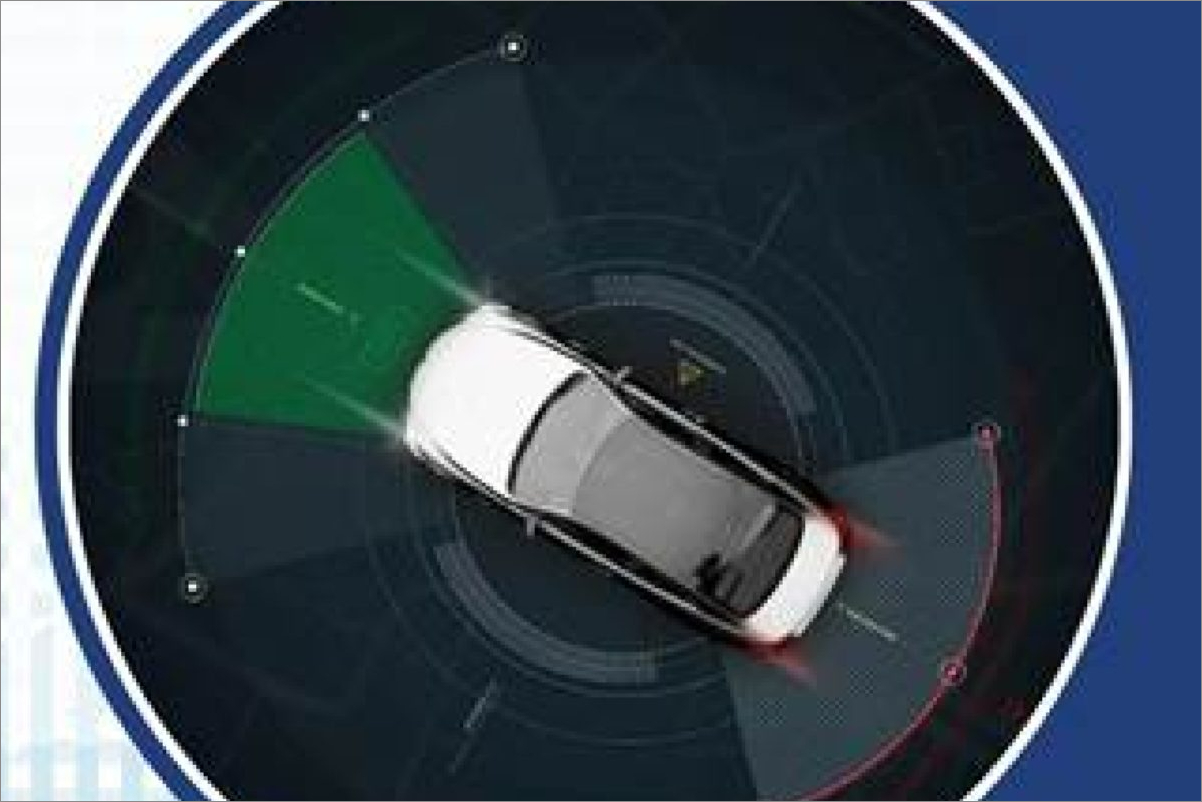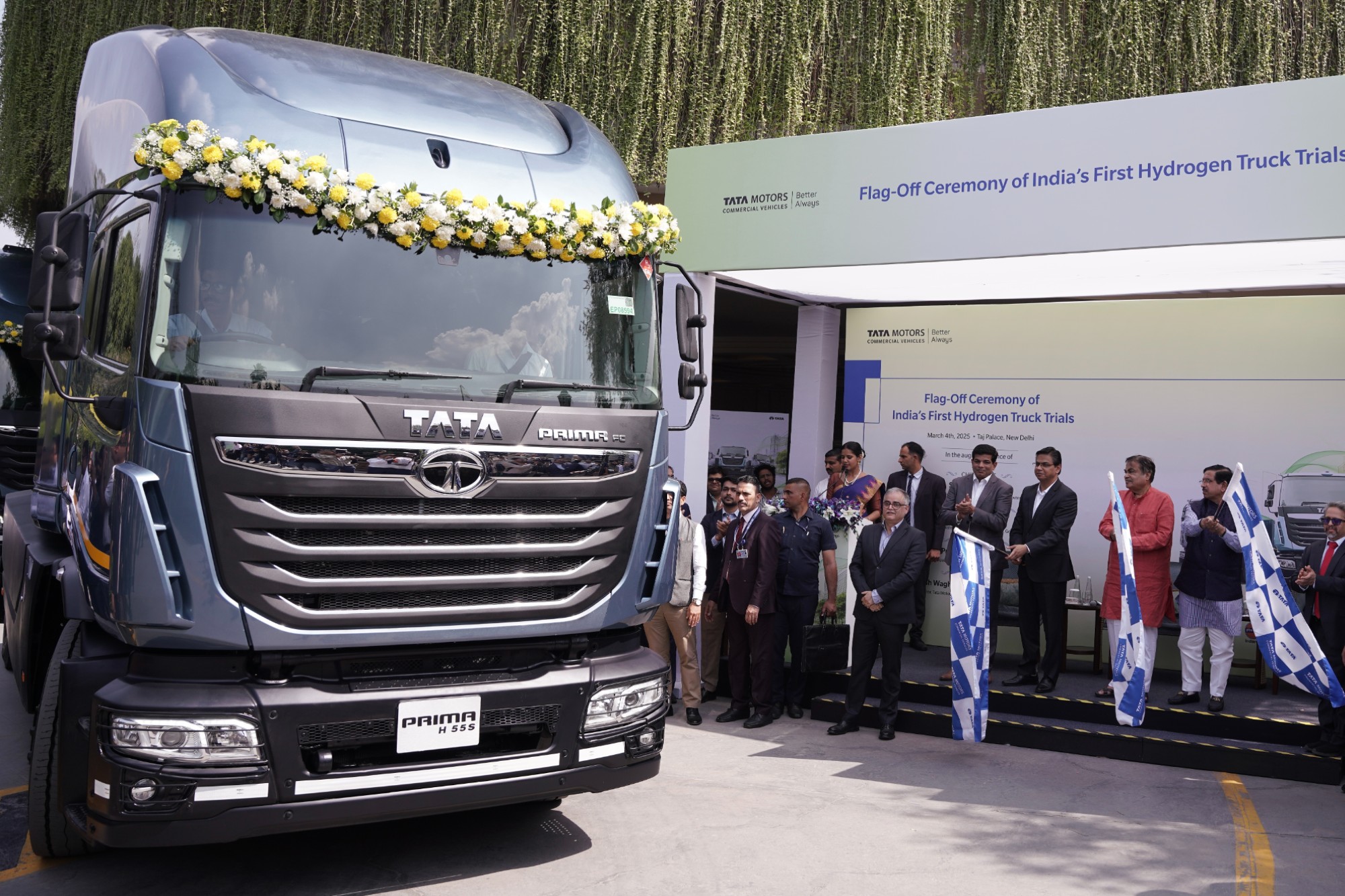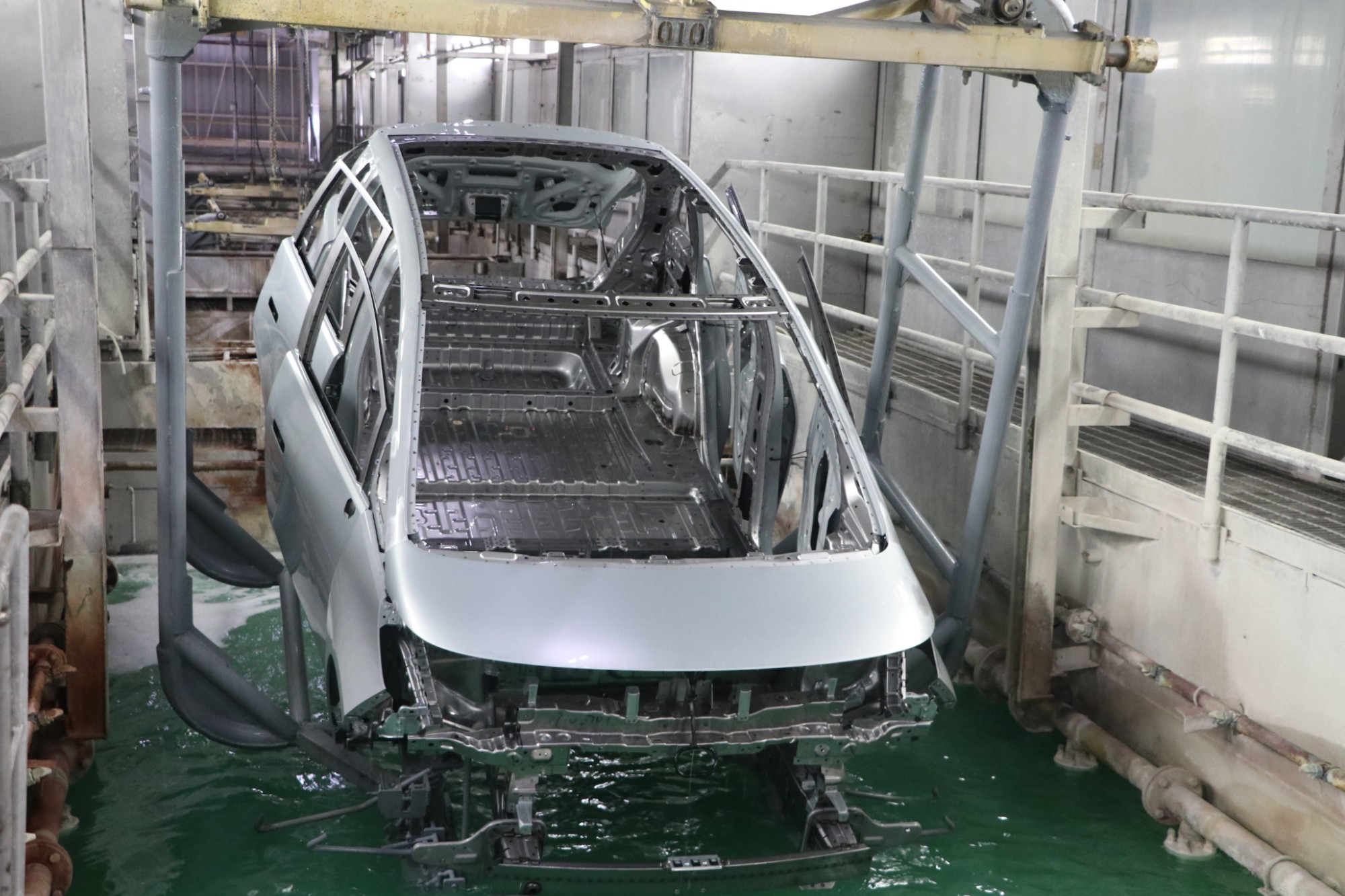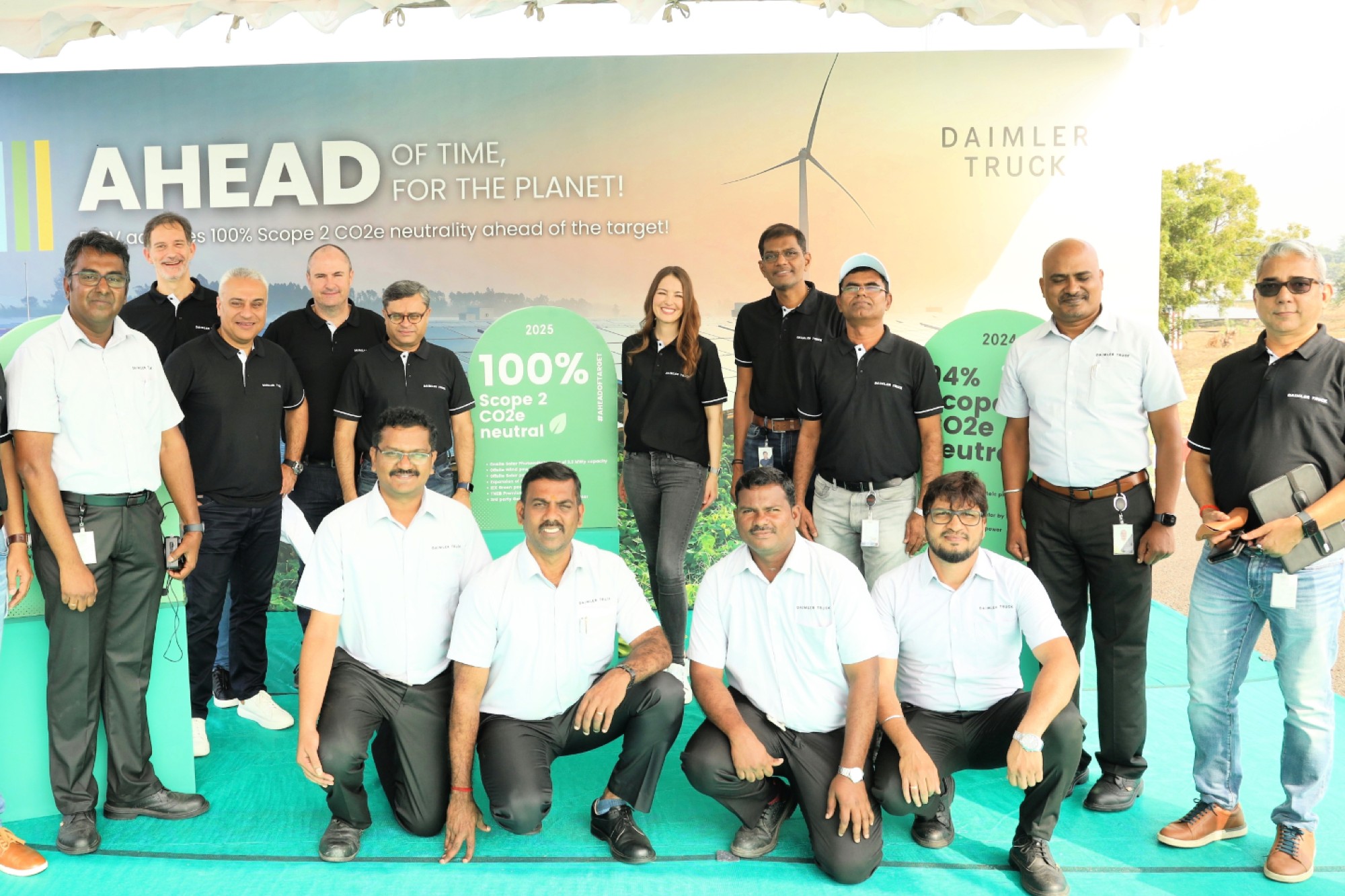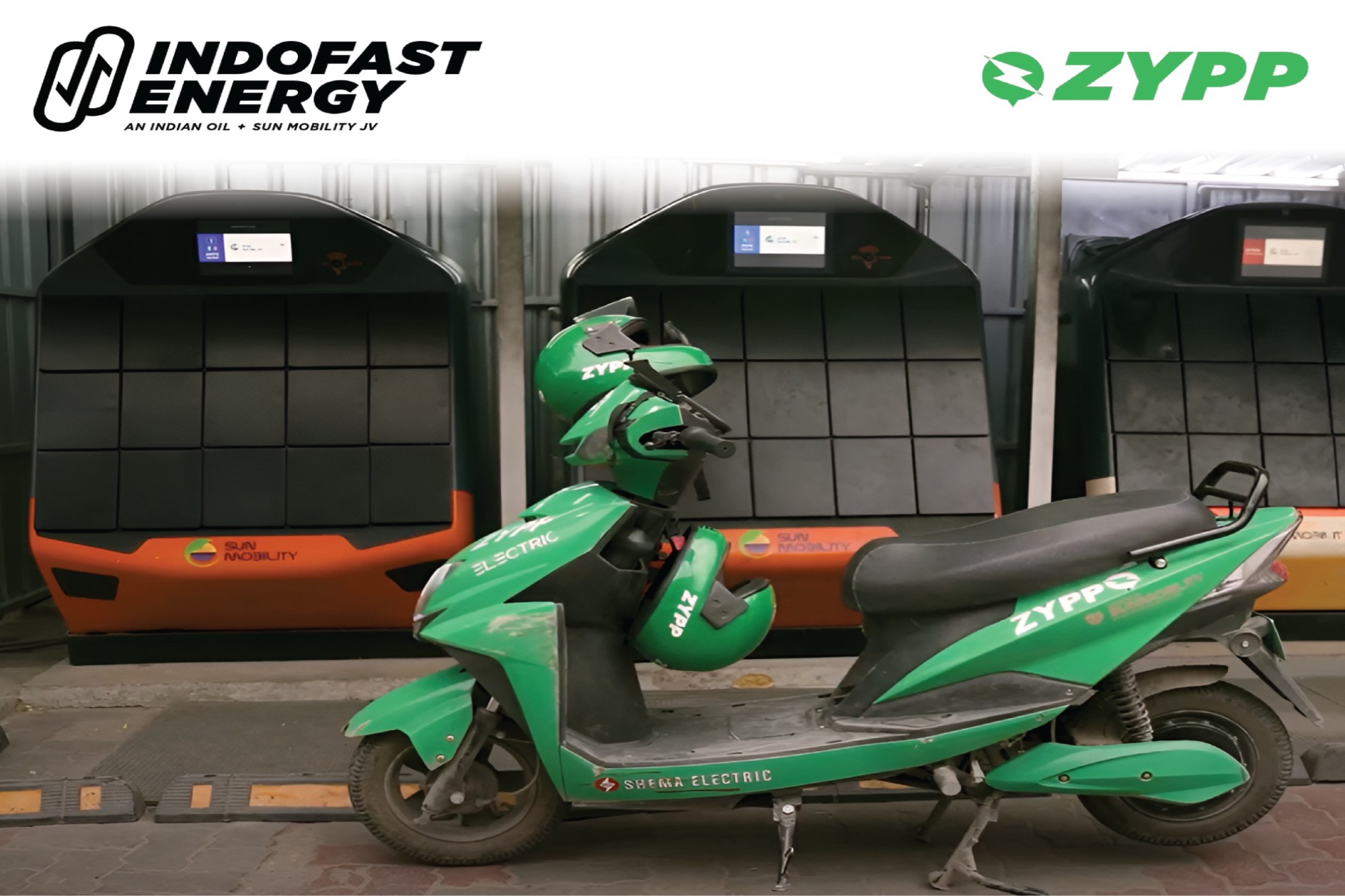Hoping to ride fast
By OEM Update Editorial May 7, 2024 7:18 pm IST
With the showdown of FY 23, SIAM shared the dealings of the Indian auto industry, which will help the manufacturers craft their outlook for the upcoming year—growth or abeyance.
With the news spiralling about the automotive industry’s stagnancy for 2024, financial updates from the Society of Indian Automobile Manufacturers (SIAM) for 2023–24 show a rather positive outlook. The Indian automobile industry, despite challenges, kept its grit intact and witnessed growth across different segments in the financial year 2023–24.
The Indian automotive industry saw growth and complexity during the financial year 2023–24, with production reaching 2,84,34,742 units. This marked a notable 9.6% increase over the previous year. Domestic sales surged by 12.5%, reflecting the robust demand within the country. This growth was, however, tempered by a 5.5% decline in cumulative exports, indicating challenges in international markets.
Two-wheelers emerged as the backbone of Indian automotive production, with a staggering 2,14,68,527 units manufactured, representing a 10.3% increase from the previous year. Domestic sales of two-wheelers also rose by 13.3%, notifying the sustained demand within the country. However, exports experienced a slight decline of 5.3%, hinting at potential market constraints abroad.
Passenger vehicles (PVs) saw a production increase of 6.9%, totalling 49,01,844 units. Domestic sales of PVs rose by 8.4%, portraying strong consumer interest in this segment. It was also the only segment with a positive export notion, with a 1.4% growth rate.
In the Medium and Heavy Commercial Vehicles (M&HCVs) segment, production figures increased by 3.5%, with passenger carrier vehicles showing a remarkable 25.7% surge. Domestic sales of passenger carrier M&HCVs soared by 38.3%, while exports experienced a decline of 17.4%.
The Light Commercial Vehicles (LCVs) segment presented varied trends, with passenger carrier LCVs witnessing a substantial 62.7% increase in production and a notable 16.8% rise in domestic sales. Conversely, goods carrier LCVs experienced a slight decline in production and domestic sales, highlighting contrasting dynamics within the segment.
The growth in commercial vehicles was also impacted by the migration to higher-tonnage trucks, which created a higher payload capacity, which needs to be reflected in the number of units.Three-wheeler segments went up as well, with passenger carrier and goods carrier segments experiencing increases in production and domestic sales. Passenger Carrier Three-Wheelers saw a notable 16.5% increase in production and a wondrous 50.9% soar in domestic sales. However, exports for passenger carrier three-wheelers declined by 18.0%.
Commenting on the Q4 performance of 2023–24, Rajesh Menon, Director General, SIAM, said, “Two-Wheelers posted sales of 4.5 million units with a significant growth of 25% compared to Q4 of FY 2022–23. Passenger vehicles registered a growth of 12% and posted sales of more than 1.1 million units. Three Wheelers posted sales of 1.65 lakh units, a growth of 7%. Commercial vehicles registered a degrowth of (-) 4% by posting sales of more than 2.68 lakh units.”
Due to the monetary crisis in the overseas market, the fiscal year saw a visible decline in commercial, two—and three-wheeler, and passenger vehicle exports overall, despite a slight increase in passenger vehicle exports. However, the past quarter saw a strong rebound, particularly for two-wheelers, suggesting greater prospects for this year.
With the auto sector contributing around 7.1% to our total GDP and deploying direct employment, this sector is most sought after. The indication of a possible lull in the upcoming financial year has been debunked yet, with the strong growth of the auto sector by the end of 2023–24.
“Against the backdrop of strong economic growth of 7.6% due to favourable policies implemented by the Government of India, the Indian automobile industry has posted a satisfactory performance, with the domestic industry growing by 12.5% during the last financial year,” added Vinod Aggarwal, President of SIAM.
The year also showed the auto industry’s commitment to sustainability as it started manufacturing vehicles that meet material requirements for 20% ethanol. It saw a 90% increase in electric passenger cars and a 30% increase in electric two-wheelers. The significant increase in sales of hybrid and electric vehicles for the entire year 2023 highlights a noteworthy trend towards sustainable transportation, which is indicative of changing customer preferences. Sales of hybrid cars surged to an unprecedented 82,607 units, more than four times the number of vehicles sold in 2022. Meanwhile, sales of battery-operated electric cars nearly doubled to 81,710 units. For the first time, hybrid automobiles outsold electric cars annually, providing important new information about shifting customer preferences for sustainable transport. The industry is still upbeat, given the continued optimism in the macroeconomic outlook.
Cookie Consent
We use cookies to personalize your experience. By continuing to visit this website you agree to our Terms & Conditions, Privacy Policy and Cookie Policy.




